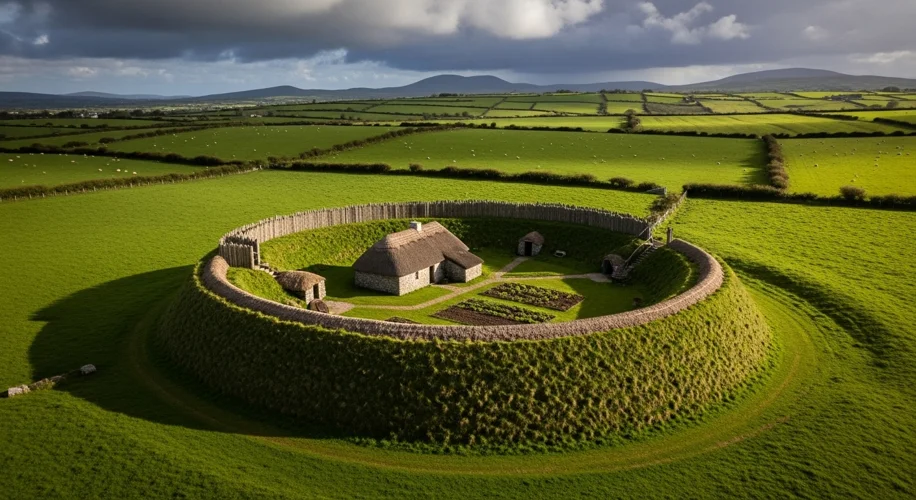As a historian, I’m always thrilled to hear about new discoveries that shed light on past societies. Recently, an archaeological find in Galway, Ireland, has captured my attention – the unearthing of a ringfort believed to belong to a powerful Irish ruler from the early medieval period.
This discovery isn’t just about finding old stones; it’s about unlocking a window into a pivotal era in Irish history. Ringforts were the residences of the elite, serving as centers of power, administration, and social life. Understanding who lived in this particular ringfort and how it was structured can tell us so much about the social dynamics, land ownership, and the lives of the ruling class in early medieval Ireland.
My own research often takes me to the intricate social and political landscapes of past centuries, and I find these kinds of archaeological insights incredibly valuable. They provide tangible evidence that complements and sometimes challenges the written records we have. The sheer scale and design of a ringfort can speak volumes about the status of its inhabitants, their wealth, and their influence within their territory.
Imagine this: a bustling settlement, perhaps a century or more ago, centered around this very ringfort. Who were the people who walked these grounds? What decisions were made within its walls that shaped the lives of those around them? The strategic location of such a site often indicates control over valuable resources or trade routes, hinting at the ruler’s economic and political sway.
This find in Galway offers a fantastic opportunity to delve deeper into these questions. It allows us to piece together a more detailed picture of the power structures that existed, the complexities of land tenure, and the daily realities faced by Ireland’s early medieval aristocracy. It’s a chance to connect with a tangible piece of history and, in doing so, better understand the foundations of Irish society.
I’m eager to see what further analysis reveals about this significant site. Discoveries like these remind us that history is not just in books; it’s buried beneath our feet, waiting to be uncovered and interpreted. It’s a powerful connection to our ancestors and the societies they built.

